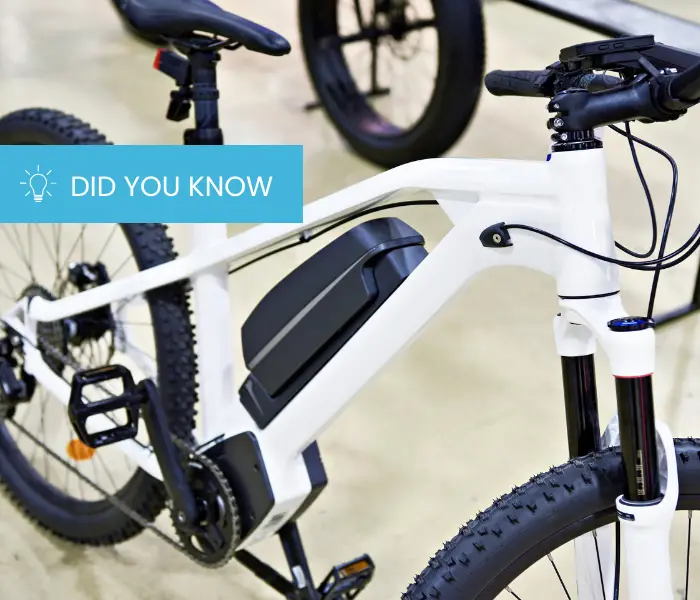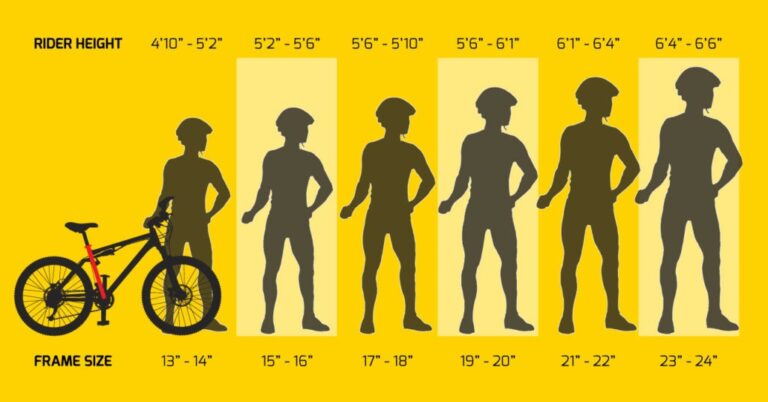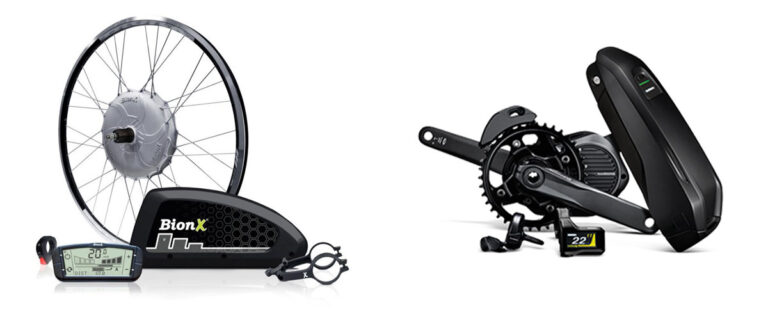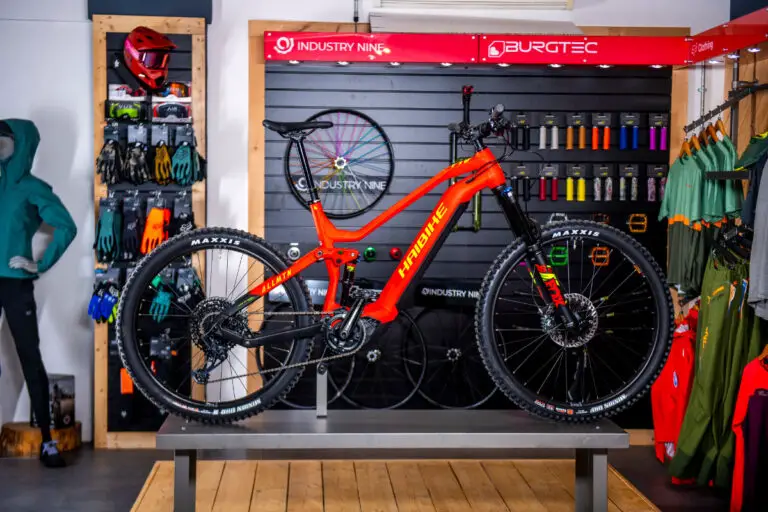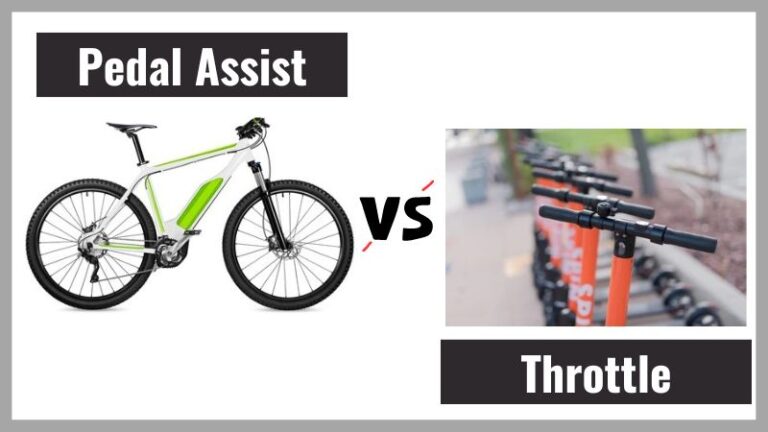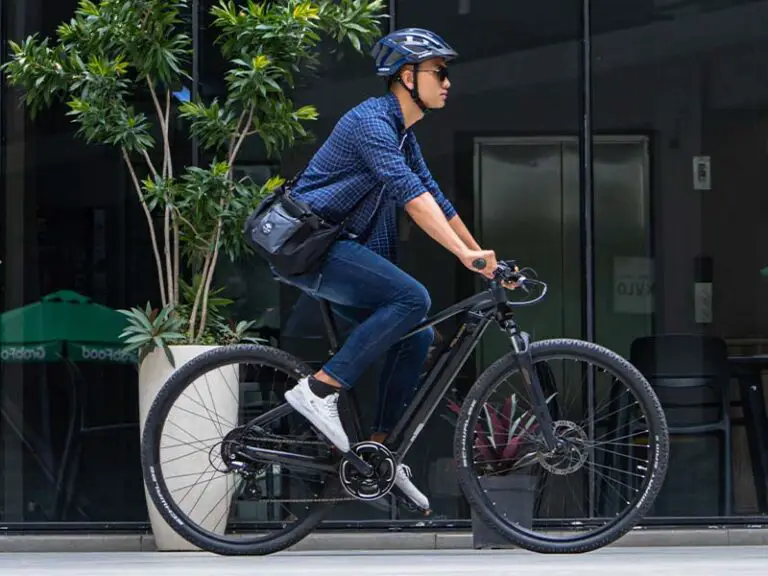Factors to Consider When Selecting the Right E-Bike Battery Capacity
For e-bike enthusiasts, the battery can make or break the riding experience. One of the most pivotal aspects of an e-bike’s power system is its battery capacity. Choosing the correct capacity for your e-bike battery not only ensures optimum performance but also a tailored riding experience that aligns with your needs and habits. In this comprehensive guide, we’ll explore the intricacies of selecting the right e-bike battery capacity, empowering you to make an informed choice.
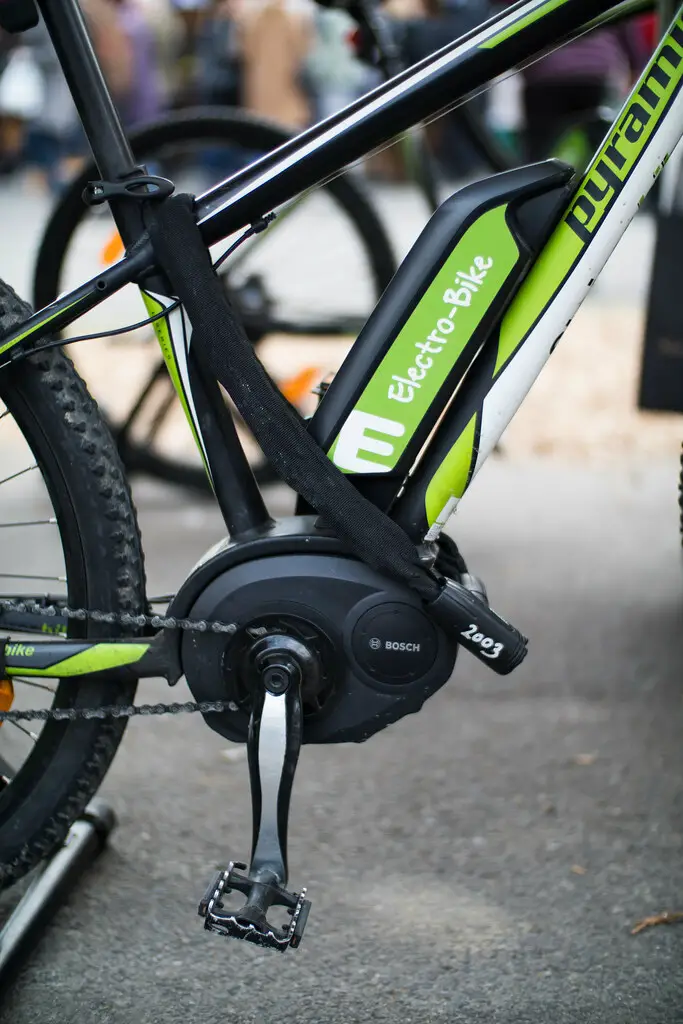
Introduction
The rising popularity of e-bikes is reinforcing the quest for eco-friendly yet enriching methods of personal transportation. With e-bikes evolving to suit various preferences and riding styles, the selection of the right e-bike battery capacity becomes crucial. A larger capacity may offer a higher range of travel, but it’s not always the right fit.
Understanding Battery Capacity
Battery capacity is the measure of energy a battery can store, expressed in watt-hours (Wh). In e-bikes, higher battery capacity generally means more range and often greater cost. This energy is what your e-bike’s motor needs to get you moving, so a larger capacity battery can provide more power for a longer period.
The battery capacity equation is simple—the more watt-hours, the further you can ride. But it’s a matter of finding the right balance to suit your individual riding needs and habits.
Factors to Consider
When selecting an e-bike battery capacity, several key factors come into play:
Range Requirements
Your typical riding distance is a significant consideration when selecting an e-bike battery capacity. If you’re a commuter facing long distances, a higher capacity battery provides peace of mind that you won’t run out of power mid-ride. However, if the e-bike is for leisure or you have frequent opportunities to charge, a smaller, lighter battery may suffice.
Terrain and Riding Conditions
The topography of your regular riding route can greatly affect the level of energy your e-bike motor consumes. Hilly terrains and windy conditions require more power, which translates to a higher capacity battery. Understand the environmental challenges you’ll face to supplement your battery choice.
Battery Type and Chemistry
Lithium-ion batteries are the norm in modern e-bikes, but there are variations in chemistry that affect performance, weight, and energy density. High-capacity batteries might be heavy, but they also last longer due to their high energy density. Consider trade-offs between battery type, weight, and capacity.
Weight and Size Considerations
Larger battery capacities often mean bigger and heavier e-bike battery packs. This extra weight can affect the maneuverability and handling of your e-bike, especially when the battery is mounted on the frame. It’s important to consider your own handling capability as well, as heavier e-bikes may be more challenging to use.
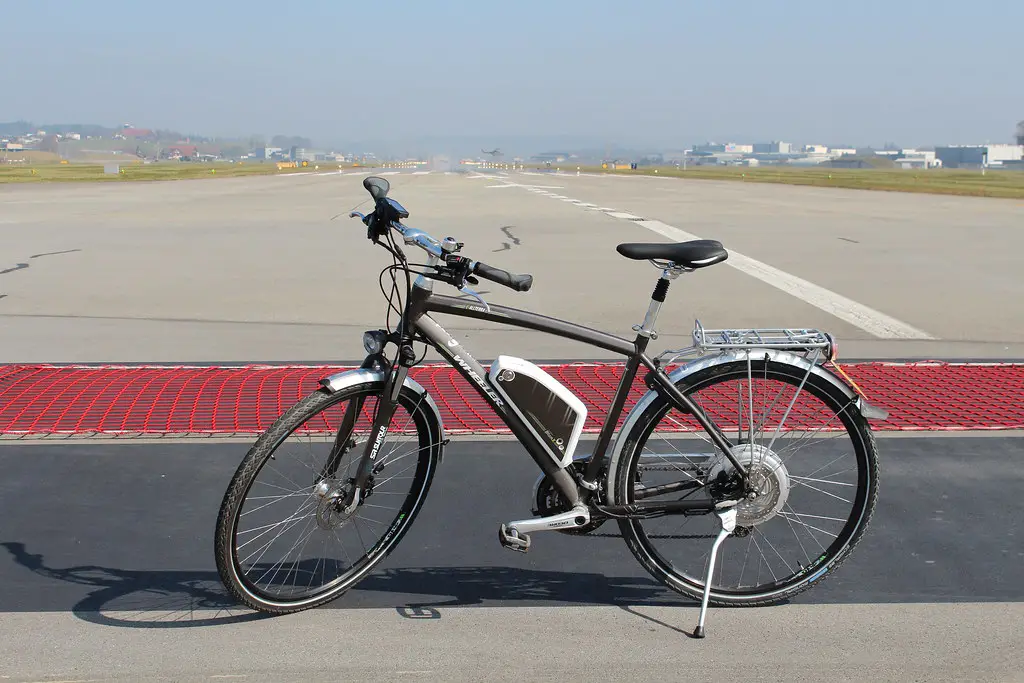
Comparing Battery Capacities
A range of battery capacities is available in the market, usually ranging from 300Wh to over 1,000Wh for a single battery. To make an informed choice:
- Assess your typical riding distances and durations.
- Research the battery types available and understand the trade-offs between capacity, weight, and cost.
- Consider whether the e-bike you’re interested in allows for a secondary battery, which can double the effective capacity and extend your range.
Pros and Cons of Varying Capacities
Low-capacity batteries are lighter and more portable, while high-capacity batteries can offer double the range but may be significantly heavier. Understanding the implications of these variations in your riding is crucial.
Tips for Choosing the Right Capacity
To ensure you select the e-bike battery capacity that best suits your needs, consider these tips:
Assessing Personal Riding Needs
Be realistic about how you’ll use your e-bike. Note down your regular routes, the frequency of your rides, and whether you tend to pedal with assistance or primarily use the e-bike’s motor power.
Seeking Expert Advice
Speak to e-bike experts or even your local e-bike dealer. They can provide valuable insights and recommendations based on your specific requirements and the e-bikes available to you.
Considering Long-term Usage and Charging Habits
Think about your future use as well. If you foresee increasing your riding distance or frequency, it may be worth investing in a higher capacity battery. Additionally, your charging habits can influence your practical range—regular top-ups can mitigate the need for a very high-capacity battery.
Conclusion
Selecting the right e-bike battery capacity is a vital step toward enjoying a harmonious and efficient e-bike experience. By taking into account range requirements, riding conditions, battery type, and long-term needs, you’ll ensure that your e-bike’s battery capacity supports your adventures, whether urban commuting or off-road exploration. Be thorough in your evaluation, and don’t hesitate to seek advice. After all, making the right choice for your e-bike’s heart—its battery—will power your passion for cycling into the electric realm.
